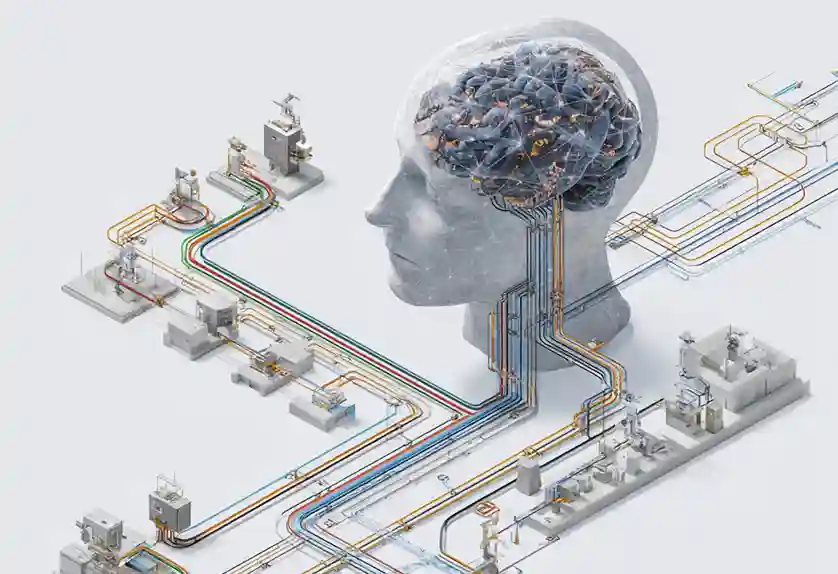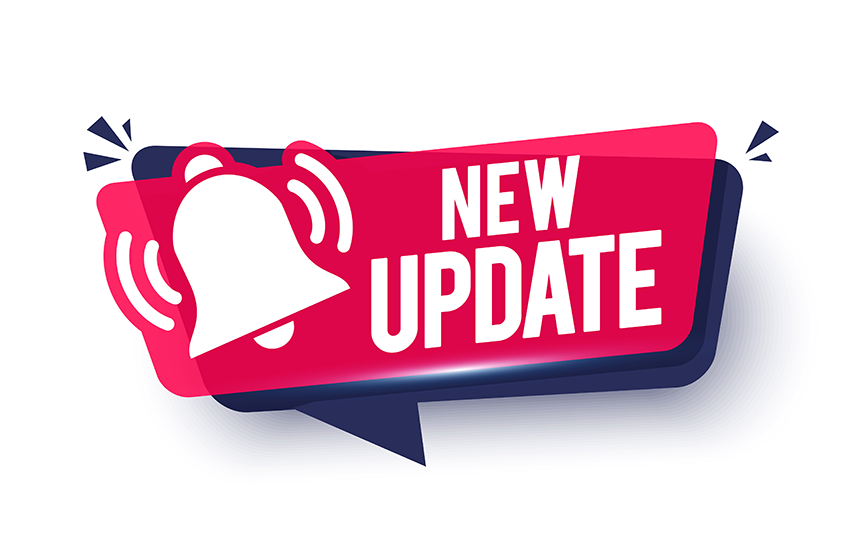In a strategic move, Atlassian has agreed to acquire The Browser Company, the New York-based creators of the Arc and AI-driven Dia browsers, for $610 million in cash.The deal is expected to close in Atlassian’s fiscal second quarter, ending December 2025, pending regulatory approval.
A New Class of Browser: From Browsing to Conversing
Rather than serving as a passive medium for web pages, Dia positions itself as an AI‑powered companion, a browser-chatbot hybrid. It elevates web usage by enabling users to:
-
Chat directly with open tabs
-
Automate cross-application tasks (e.g., transferring data between spreadsheets)
-
Manage workflows (e.g., checking calendar events in Gmail)
-
Seamlessly integrate with URLs as actionable data
Mike Cannon‑Brookes, Atlassian’s CEO, highlighted the shift this way: current browsers are “bystanders in your workflow,” built for browsing rather than productivity. The acquisition marks Atlassian’s ambition to make Dia the browser “for doing, not just browsing."
Conversational AI: The Future of the Browser Experience
This acquisition signals a bold embrace of content-driven conversational AI experiences. Atlassian is transforming the browser into an interface for conversing, where users interact via natural language to complete tasks, moving beyond search and click to talk and act.
Within DevContentOps workflows, this evolution could mean:
-
Unified task orchestration: Jira, Confluence, Trello, Loom, and more can be accessed and manipulated through conversational commands in a single interface.
-
Context-aware productivity: AI “remembers” user context, interlinking tasks and tools dynamically.
-
Enhanced knowledge retrieval: Instead of manually searching across tabs, users simply ask and receive curated responses or actions.
Enterprise Alignment, Developer Focus, and Cross-Platform Integrity
Atlassian plans to keep The Browser Company operating independently, preserving Dia’s broader user appeal while aligning it with enterprise-grade functionality like security, compliance, and admin controls.
Dia remains a standalone tool rather than an Atlassian product wrapper. Its focus shifts entirely toward work-related usage, with previous consumer-oriented contexts like shopping or entertainment deprioritized.
Arc, the predecessor browser beloved by aficionados, will be maintained but no longer actively developed and may eventually be phased out.
Competitive Landscape & Strategic Implications
Atlassian’s move places it directly in a fast‑evolving race within AI-enabled browsers. Competitors like Google (AI-enhanced Chrome), Microsoft (Edge with Copilot), Perplexity (Comet), and Brave (Leo) are vying for user attention. Atlassian leverages Dia to carve a niche in enterprise productivity, not general-purpose browsing.
What This Means for DevContentOps
-
Conversational UI as a DevContentOps interface: Teams may soon orchestrate pipelines, update tickets, draft content, and review designs all via conversational prompts in a context-aware browser.
-
Streamlined cross-tool experiences: Imagine asking Dia to fetch Confluence notes, update Jira tasks, extract data from a spreadsheet, and draft a Loom summary within minutes.
-
Content-aware accelerators: Dia’s memory and AI integration could surface relevant documentation, automate code snippets, or propose content edits based on browsing patterns.
Summary
Atlassian’s $610 million acquisition of The Browser Company signals a transformative shift in browser utility, blending browsing, task execution, and conversational AI into a singular, productivity-first experience. For DevContentOps, it heralds a future where the browser isn’t just a viewport, but a virtual teammate capable of turning content engagement into actionable conversations.

 Sarah Miller
Sarah Miller




